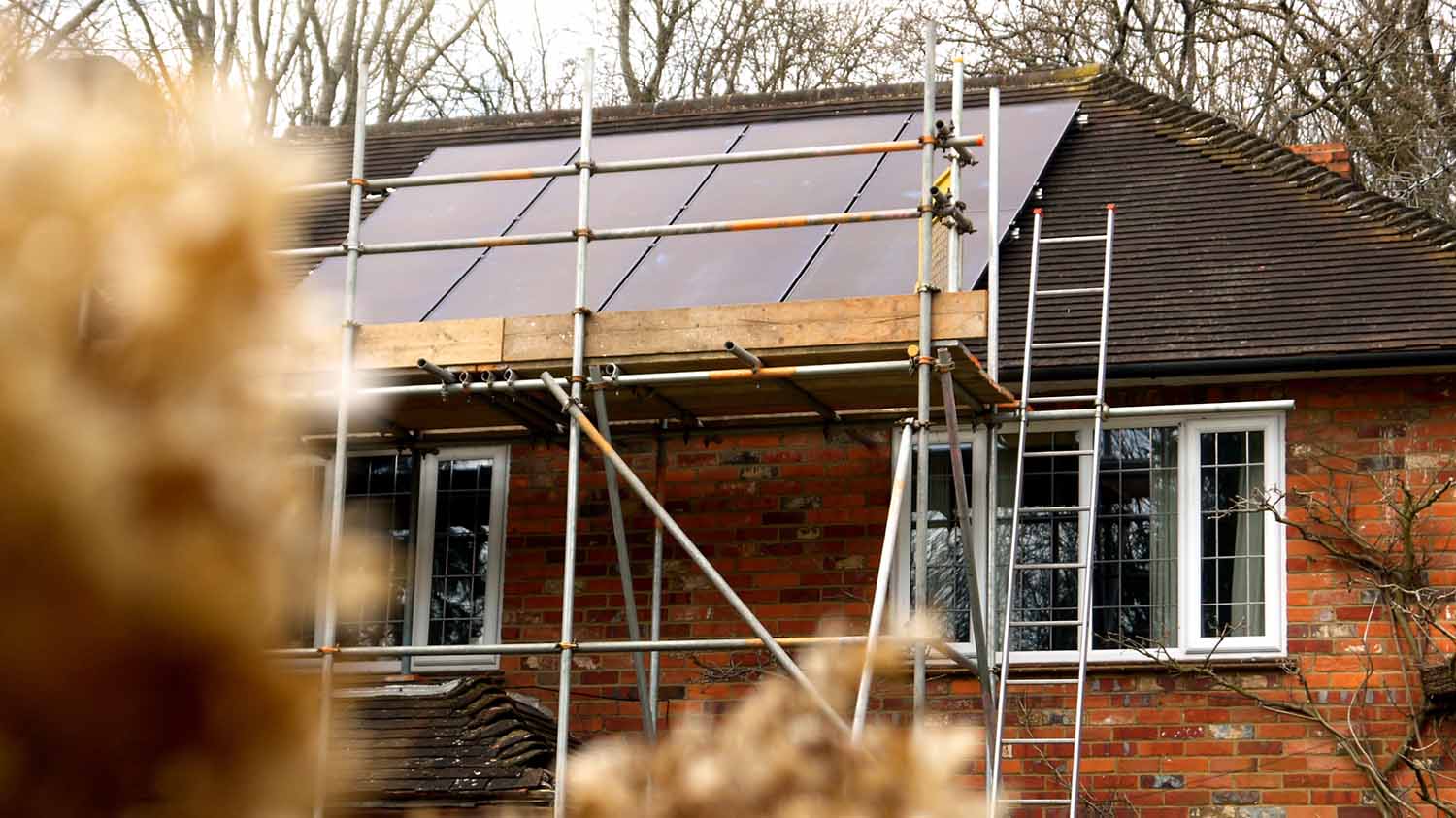
Today, solar power is a vital part of our everyday lives, from powering our homes and devices to fuelling cutting-edge technology like spacecraft. The growth of solar power continues to accelerate as more people and industries turn to this renewable energy source.
However, the journey to where we are today in solar energy didn’t happen overnight. Like any innovation, solar power has a rich history of discovery, invention and refinement. Curious to know how solar power evolved? Here's a closer look at its history and how solar panels actually work.
The story of solar energy: a brief history
The early days of solar power
The origins of solar power date back to 1876, when William Grylls Adams and his student, Richard Day, made a groundbreaking discovery. They found that selenium produced electricity when exposed to light, proving that sunlight could indeed be converted into electrical energy. Although these early selenium cells were inefficient, they laid the foundation for what was to come.
Fast forward to 1953, and we see the first major leap in solar technology. Calvin Fuller, Daryl Chapin and Gerald Pearson developed the first silicon-based solar cell, which was efficient enough to power small devices. This advancement was seen as revolutionary, with publications like The New York Times heralding the dawn of a new era, predicting that solar energy could one day power the world.
By 1956, solar cells became commercially available, but their steep price (around $300 per watt) made them unattainable for most people. Instead, these cells found their way into niche markets, powering small gadgets like radios and toys.
Solar power in space
The late 1950s and 1960s saw solar power move beyond Earth, as it became the primary energy source for US and Soviet satellites. By the end of the 1960s, solar cells were a standard part of space technology, providing a reliable source of energy for satellites and spacecraft.
Making solar affordable
In the 1970s, the cost of producing solar cells dropped significantly, thanks to research funded by Exxon. This reduced the price to about one-fifth of what it had been, making solar energy more accessible. Solar power began to appear in more practical applications, such as powering offshore oil rigs, railroad crossings, and homes in remote locations.
Solar power today and beyond
Fast forward to today, and solar technology has become part of everyday life. From solar-powered cars to planes, solar cells can be found in all sorts of innovative applications. Advances like solar shingles and solar fabrics are making it easier than ever to integrate renewable energy into our homes and businesses. With costs continuing to fall and efficiency on the rise, the future of solar power looks bright!
How do solar panels actually work?
- Sunlight hits the solar panels
The process begins when sunlight, made up of energy particles called photons, hits the surface of solar panels. These panels are made from photovoltaic (PV) cells, often composed of silicon. - Electrons are set in motion
When sunlight strikes the photovoltaic cells, it knocks electrons loose from their atoms within the cell, generating a flow of electricity. - Direct current (DC) is created
As the electrons move through the cell, they create direct current (DC) electricity. However, most homes require alternating current (AC) electricity to power devices. - Inverter converts DC to AC
The generated DC electricity is passed through an inverter, which converts it to AC electricity, making it usable for everyday household appliances. - Electricity powers your home
The AC electricity can now be used to power your home’s appliances and lighting. If your system includes battery storage, excess energy can be saved for later use, such as during the night. - Excess energy is sent to the grid
When your solar panels produce more energy than you need, the excess electricity can be exported to the national grid, allowing you to earn credits or payments, depending on your energy supplier.
Common solar energy FAQs
How efficient are solar panels?
Modern solar panels can convert 15-22% of the sunlight they receive into usable electricity. Although this may not seem high, this efficiency has steadily increased over the years, and ongoing advancements promise even greater performance.
Do solar panels work on cloudy days?
Yes! Solar panels still generate electricity on cloudy days, though at a reduced rate. They rely on both direct and indirect sunlight, so even diffuse light can be converted into energy.
How long do solar panels last?
Most solar panels come with a warranty of 15-30 years, and even after this period, they usually continue to operate at reduced efficiency. Solar panels are built to withstand the elements, making them a durable and long-lasting investment.
Can solar panels keep my home powered during a blackout?
Yes, but only if your system includes battery storage. The battery stores excess solar energy generated during the day, which can then be used during a power outage, ensuring that essential appliances stay running.
Is solar energy environmentally friendly?
Absolutely. Solar energy is one of the cleanest and most sustainable energy sources available. While manufacturing solar panels has some environmental impact, it’s significantly lower than the impact of fossil fuel-based energy. Over their lifespan, solar panels drastically reduce carbon emissions and reliance on non-renewable energy sources.
